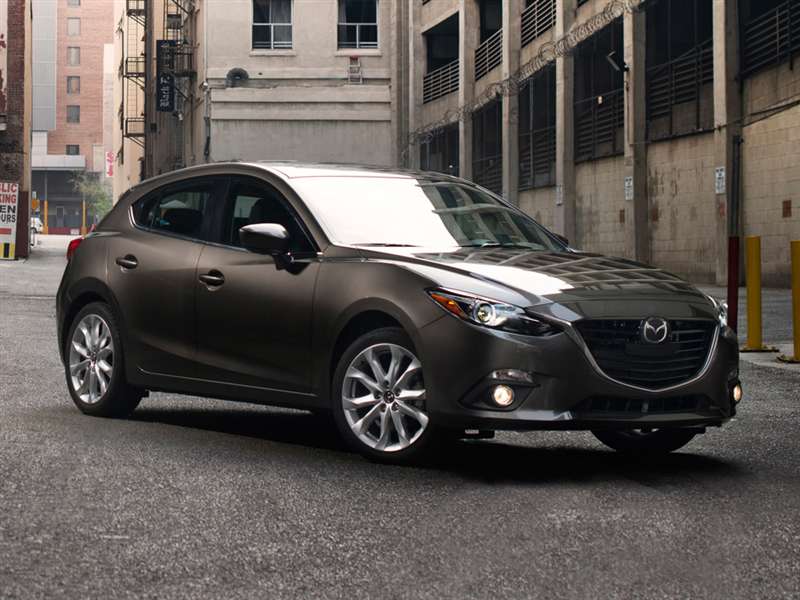Recent Articles
Popular Makes
Body Types
All About Fuel Economy, Horsepower, and Weight Trends

2015 mazda mazda3
The Environmental Protection Agency (or EPA) recently release an interesting report titled “Light-Duty Automotive Technology, Carbon Dioxide Emissions, and Fuel Economy Trends: 1975 Through 2014”. While Mazda was quick to let us know that the report shows they have the most economical lineup for the second year in a row, it also provides some interesting insights into fuel economy, weight, performance, and technology trends across the market.
As you may have expected, cars are getting larger and heavier. From model year 2012 to model year 2013, average vehicle footprint increased by 0.4 square feet (or 0.8%). In 2013 the average gasoline and diesel vehicle weight was 4,015 pounds, which was an increase of 38 pounds (or 1.0%) when compared to model year 2012. Vehicles in 2013 were also more powerful, gaining 5 horsepower (2.3%), more than enough to offset the extra size and weight, and decreasing average 0 to 60 mph acceleration times by 0.1 of a second. Thanks to some new technology, 2013’s faster and bulkier cars were still 0.5 miles per gallon more economical than 2012’s, with an average fuel economy of 24.1 MPG (27.6 MPG for cars and 19.8 MPG for trucks).
2013 marked the first time that CO2 emissions and fuel economy have improved in 8 out of 9 consecutive years, reversing a long negative trend that ran from model year 1987 to model year 2004. CO2 emissions have dropped by 20% since 2004, while fuel economy has increased by 4.8 MPG (or 25%), with an average increase of around 0.5 MPG a year. Overall, in 2013 Mazda (28.1 MPG) had the highest average fuel economy on the list, followed by Honda (27.4 MPG), and then Subaru (26.7 MPG). Chrysler-Fiat (20.9 MPG) occupied the bottom of the list, with GM (22.0 MPG) and Ford (22.2 MPG) slightly above them.
For model year 2014 the preliminary data suggests that average weight will remain relatively unchanged, and horsepower will increase slightly to a record high. Average fuel economy will only see a marginal improvement to 24.2 MPG. Nearly all 2014 vehicles will feature variable valve timing and multi-valve engines. Gasoline direct injection engines will power 38% of model year 2014 vehicles, up from 4% in 2009, a nearly tenfold increase, while turbocharged engines have seen their share increase by a factor of 5.
In 2009 continuously variable transmissions (CVTs) and traditional transmissions with 6 or more speeds accounted for 37% of vehicle production, while over 90% of vehicles are projected to be fitted with one of these transmissions in 2014. CVTs and transmissions with 7 or more speeds are projected to be found in 30% of vehicles. Some technologies are lagging behind, including cylinder deactivation, hybrid powertrains, and diesel engines, though in 2014 there will still be around twice as many diesel and hybrid vehicles on sale as their was in 2009.
The numbers also indicate that 34% of model year 2014 vehicles would be able to meet 2016 CO2 emissions, or should be able to meet them with expected future air conditioning improvements. Around 4% of projected 2014 vehicles (hybrids, plug-in hybrids, and electric vehicles) would meet the model year 2025 CO2 targets, which are over a decade away, leaving the manufacturers with some time to meet the updated standards.
